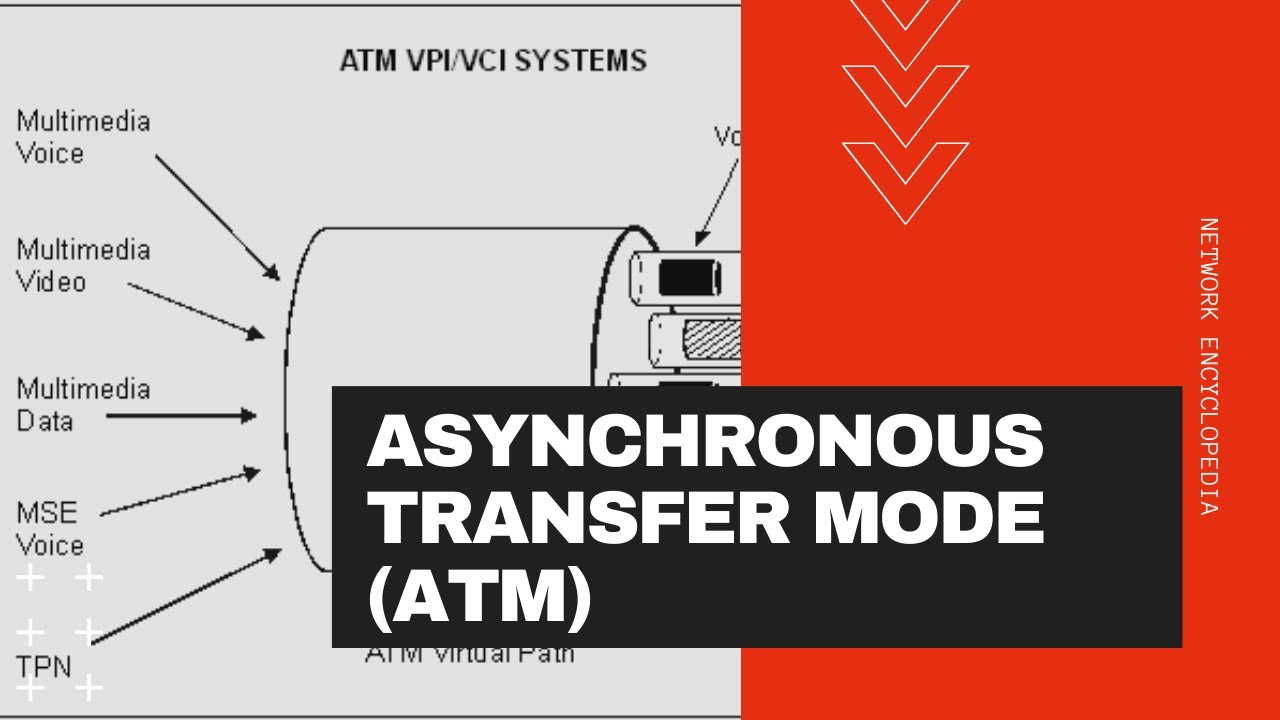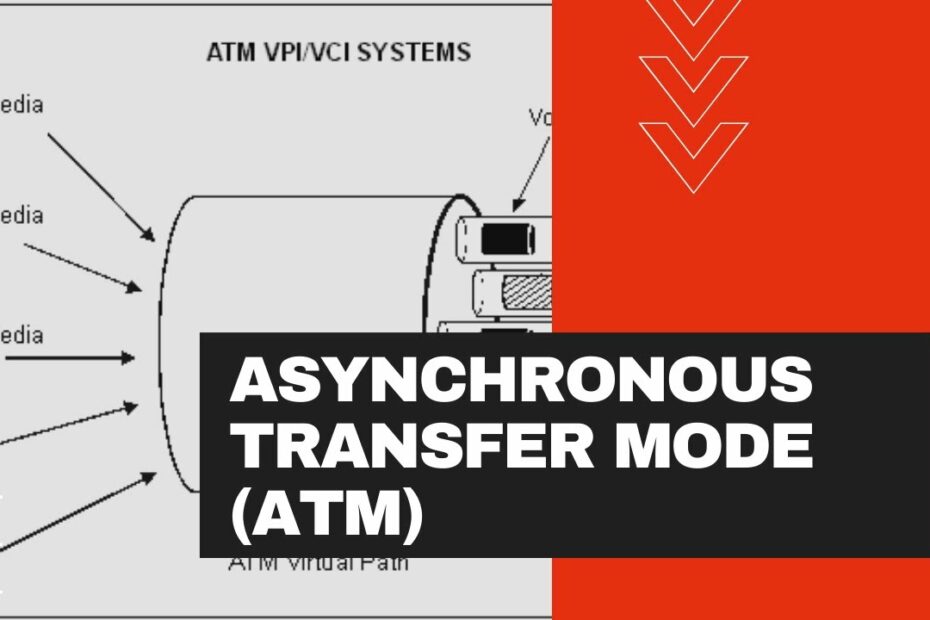What Is The Bandwidth Of Atm: Exploring High-Speed Data Transfer
Asynchronous Transfer Mode – Atm – Network Encyclopedia
Keywords searched by users: What is the bandwidth of ATM atm technologies, atm scalability, atm cells osi layer, wireless atm, Asynchronous Transfer Mode, atm transmission, atm can be used for which network, atm network
How Much Bandwidth Does An Atm Asynchronous Transfer Mode Use?
The bandwidth utilization of Asynchronous Transfer Mode (ATM) is a crucial aspect to consider when evaluating this high-speed, connection-oriented packet switching technology. ATM serves as both a hidden technology working behind the scenes and a visible service for users. In terms of its service offerings, ATM provides two main types of connections: Permanent Virtual Circuit (PVC) and Switched Virtual Circuit (SVC). These connections are available at speeds of 155 and 622 Mbps, catering to a wide range of networking needs. Understanding the bandwidth capabilities of ATM is essential for making informed decisions regarding its deployment and suitability for various applications.
Which Type Of Network Is Used In Atm?
Asynchronous Transfer Mode (ATM) is a telecommunications technology characterized by its use of fixed-size data cells for efficient data transmission. ATM networks are built upon a connection-oriented architecture, ensuring reliable and predictable data transfer. In an ATM network, end stations establish connections through dedicated full-duplex links, which means they can transmit and receive data simultaneously. These connections are typically established with the help of ATM switches. These switches form the backbone of ATM networks and are interconnected via dedicated physical connections, creating a robust and efficient network infrastructure for various data communication applications.
Is Atm A Lan Or Wan?
Is ATM a LAN or WAN?
Answer: ATM (Asynchronous Transfer Mode) is classified as a WAN technology. A WAN, which stands for Wide Area Network, is a substantial computer network that serves to interconnect computer groups over extensive geographical distances. In the context of networking, ATM networks specifically function as cell relay, connection-oriented networks designed to efficiently manage voice, video, and data communications. This technology allows for the seamless transfer of information across considerable distances, making it an essential component of modern long-distance communication networks. (Verified by experts as of September 28, 2020)
Top 14 What is the bandwidth of ATM


Categories: Details 28 What Is The Bandwidth Of Atm
See more here: c1.cheerthaipower.com

ATM supports fixed-length cells 53 bytes in length and virtual data circuits between 45 megabits per second (Mbps) and 622 Mbps. Using statistical multiplexing, cells from many different sources are multiplexed onto a single physical circuit.Asynchronous transfer mode (ATM) is a high-speed, connection-oriented packet switching technology. It is both a technology (hidden from the user) and a service (visible to the user). ATM services provide both PVC and SVC connections at speeds of 155 and 622 Mbps.Asynchronous Transfer Mode (ATM) is a cell-switching, connection-oriented technology. In ATM networks, end stations attach to the network using dedicated full duplex connections. The ATM networks are constructed using switches, and switches are interconnected using dedicated physical connections.
Learn more about the topic What is the bandwidth of ATM.
- Definition of Asynchronous Transfer Mode (ATM) – Gartner
- Asynchronous Transfer Mode – an overview – ScienceDirect.com
- ATM technology – IBM
- An atm facility is an example of _____ a) lan b) man c) wan – Brainly.in
- ATM Cell Format
- Bandwidth and Data Transfer – Beginner’s Guide – Website.com
See more: blog https://c1.cheerthaipower.com/category/calculators
